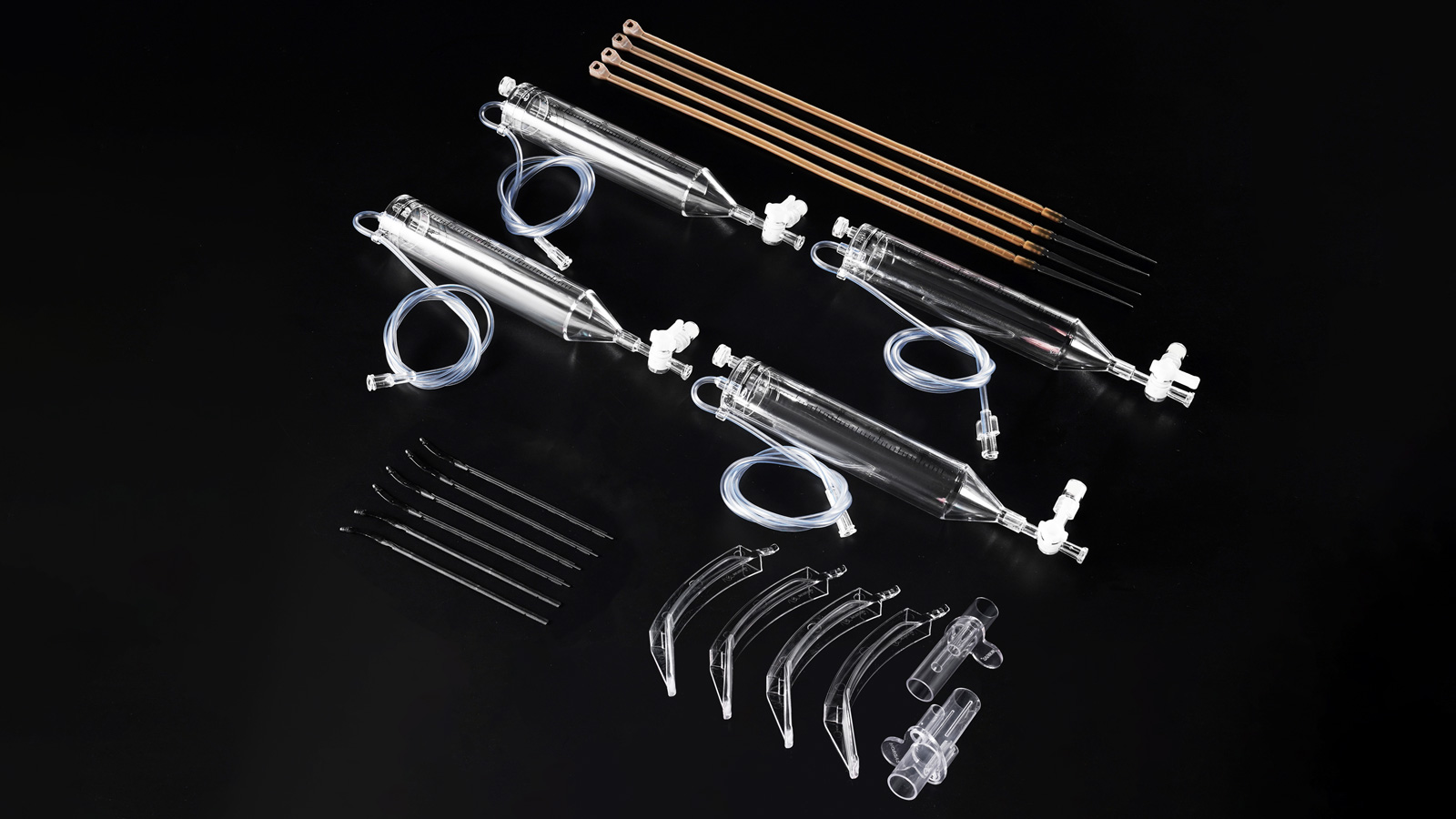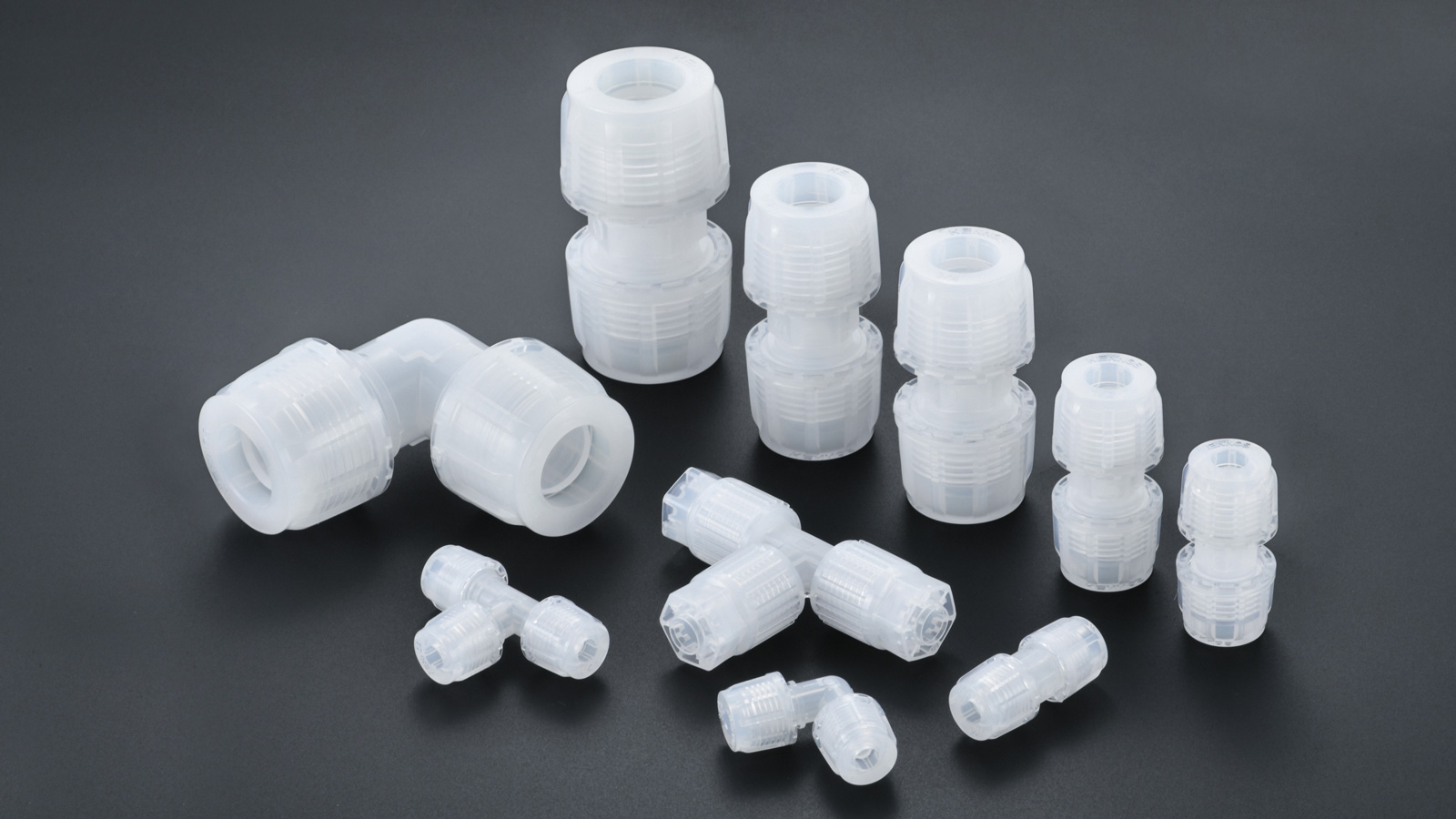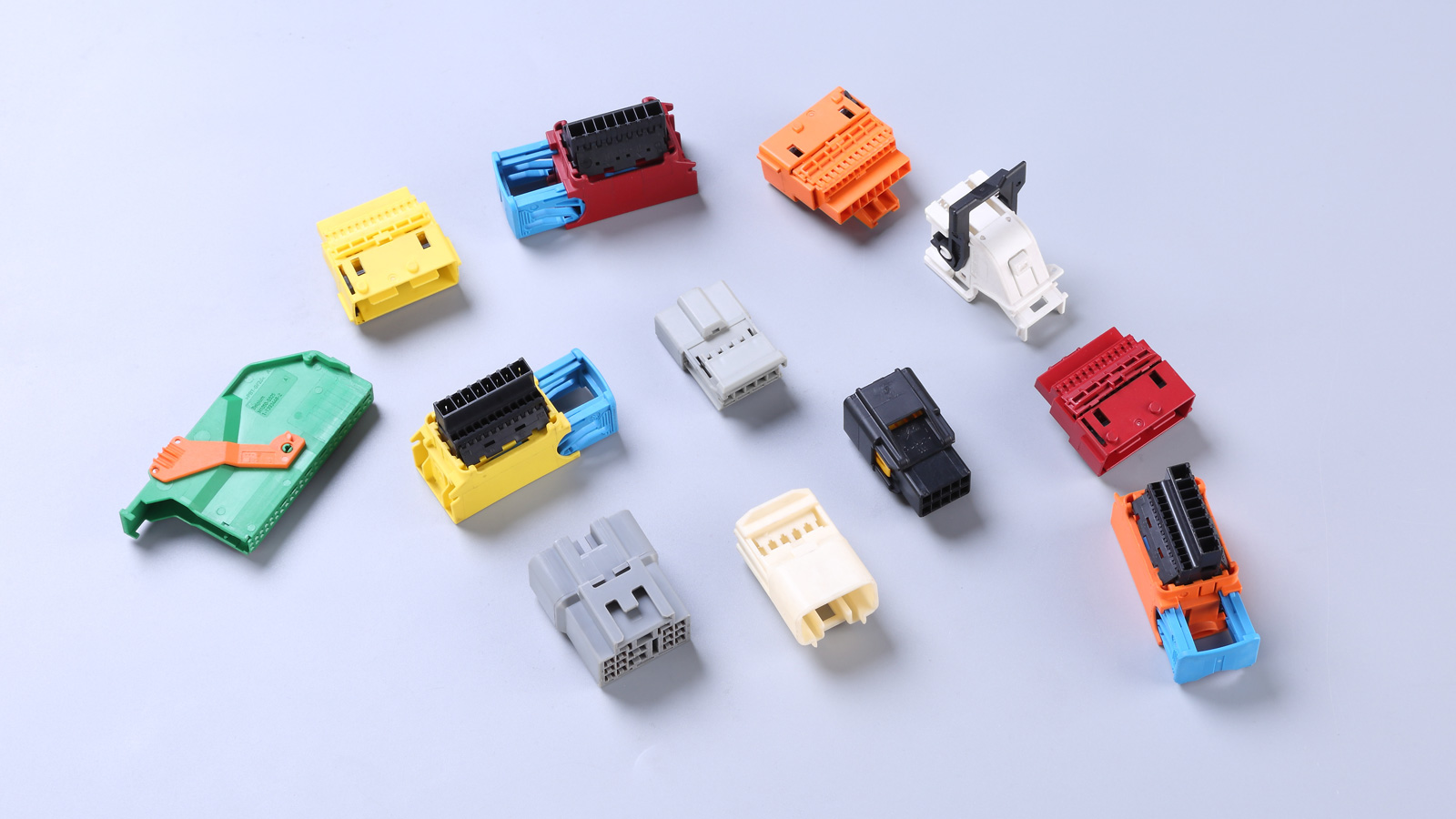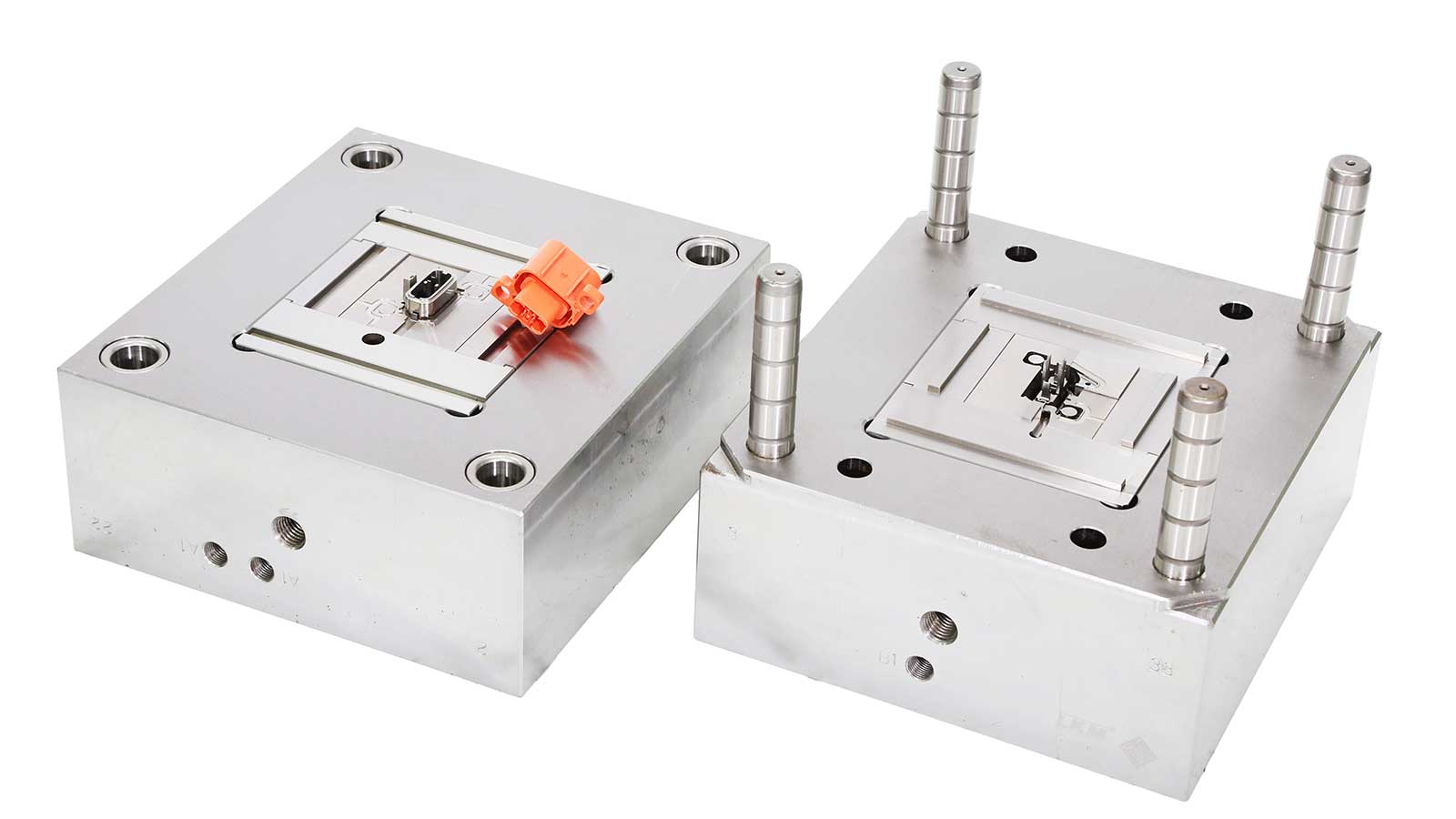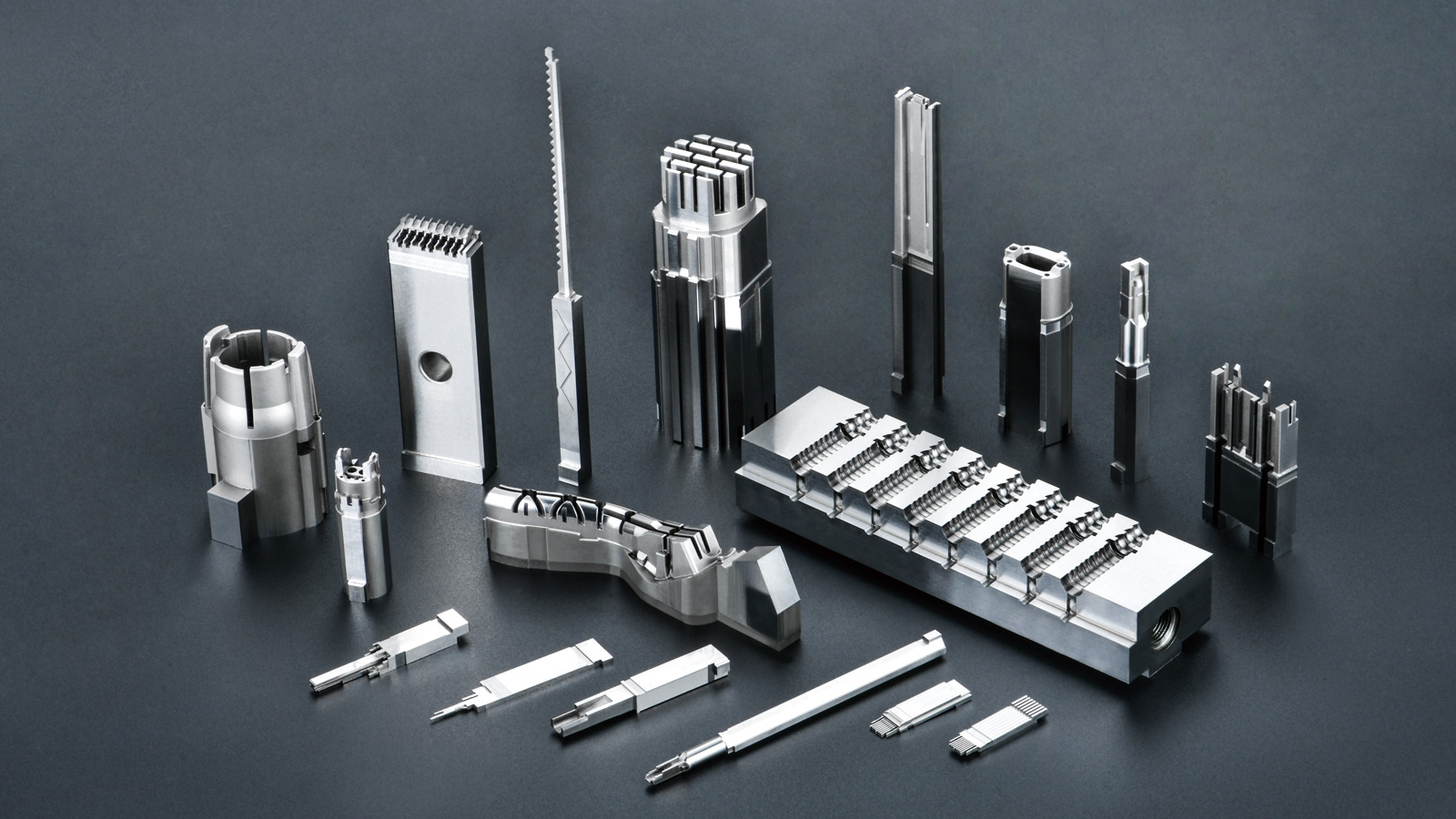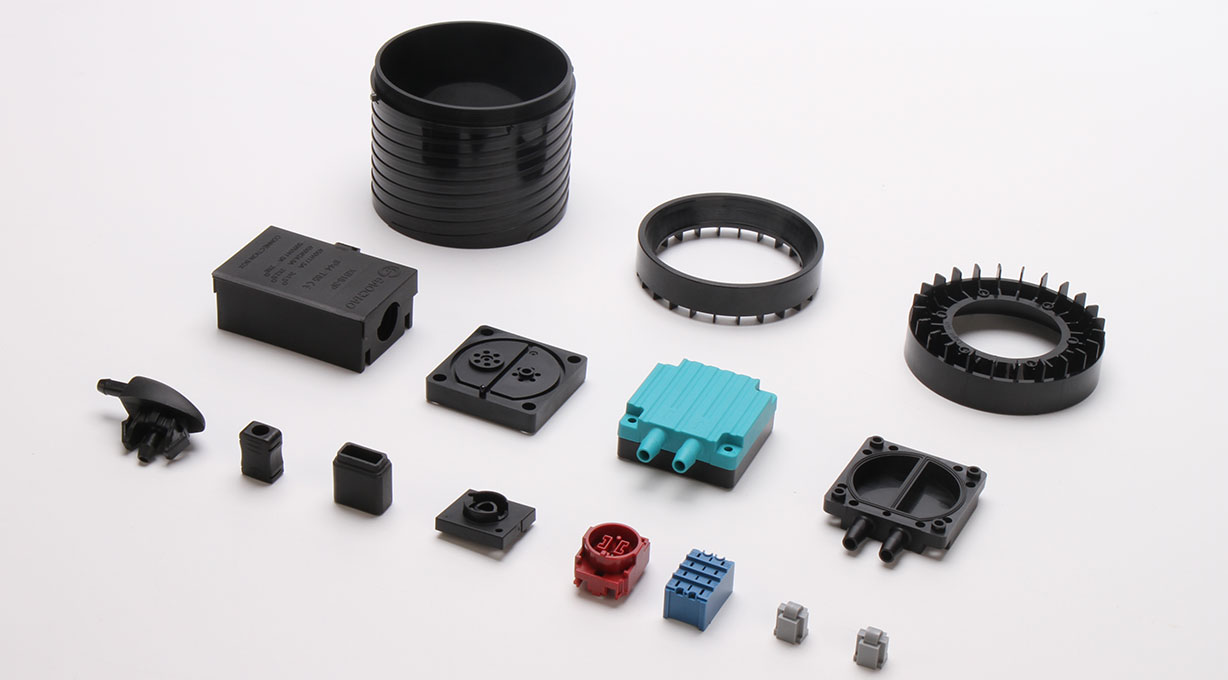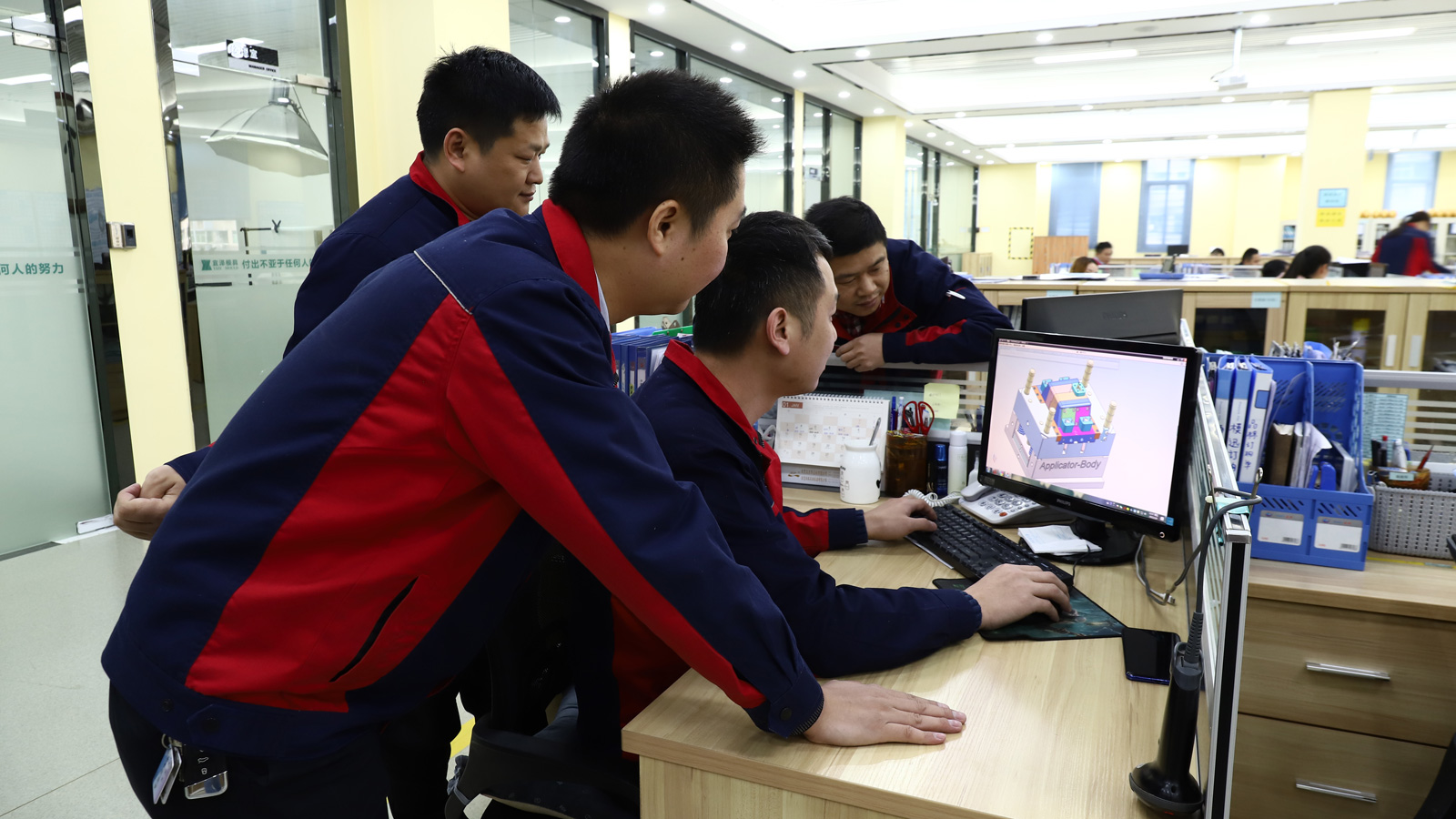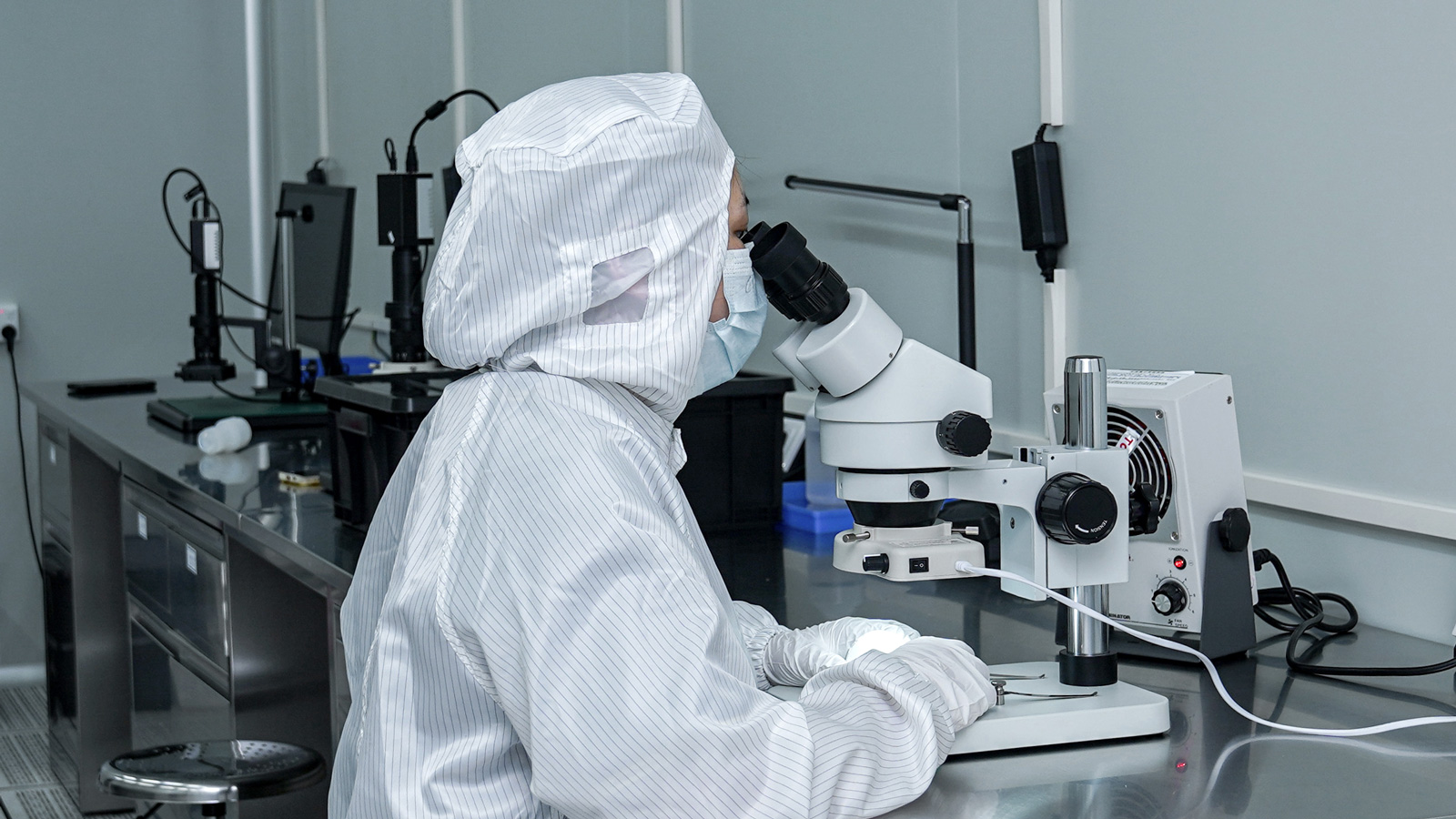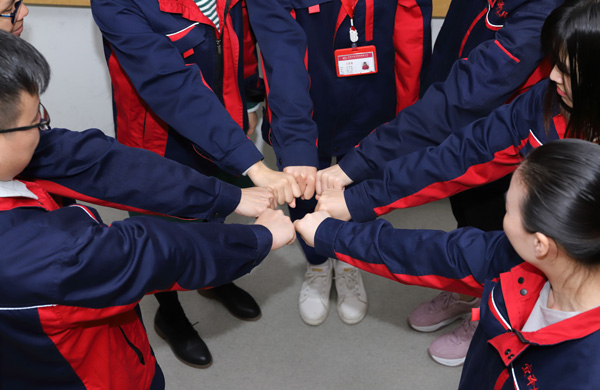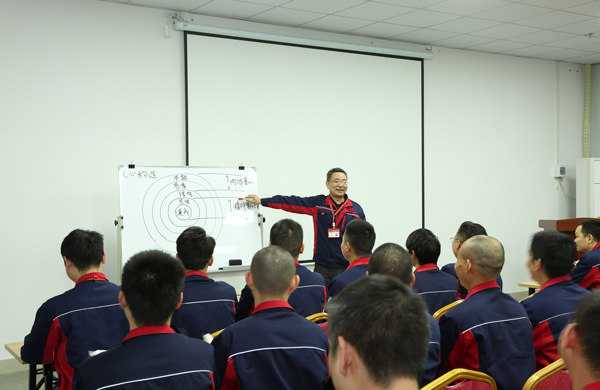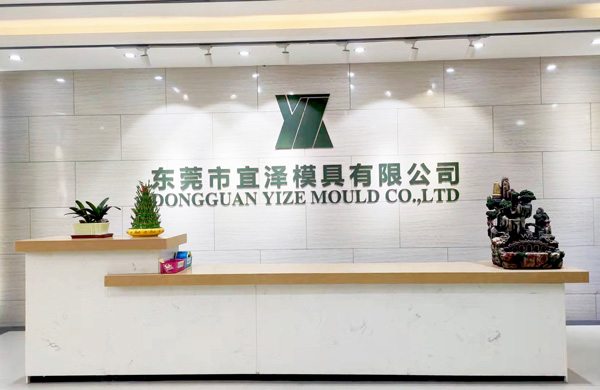During the injection molding process, the appearance of burrs is often a headache. The causes of burrs are complicated and involve injection molding equipment, mold design, injection molding process, raw materials and other aspects. This article will start from these four dimensions and comprehensively analyze the root causes of burrs in injection molding.
1. Injection molding equipment factors
First, the clamping force of the injection molding machine is a key factor in the generation of burrs. When selecting injection molding equipment, it is necessary to ensure that the rated clamping force of the injection molding machine is higher than the tension formed by the longitudinal projection area of the product during injection. Otherwise, insufficient clamping force will lead to mold expansion, and burrs on the parting surface will follow.
Secondly, the adjustment of the clamping device is also crucial. If the mold is not parallel or the clamping device is improperly adjusted, burrs are likely to appear on the parting surface during injection. In addition, the poor parallelism of the injection mold itself, or the failure to ensure parallelism during the mold installation process, may also lead to loose clamping, resulting in burrs on the parting surface.
2. Mold design
The precision of the mold directly affects the quality of injection molding. When the flatness of the mold core is poor, a gap will be generated when the mold is closed, which will lay the groundwork for the appearance of burrs on the parting surface. Therefore, improving the accuracy of the mold is one of the effective ways to reduce burrs.
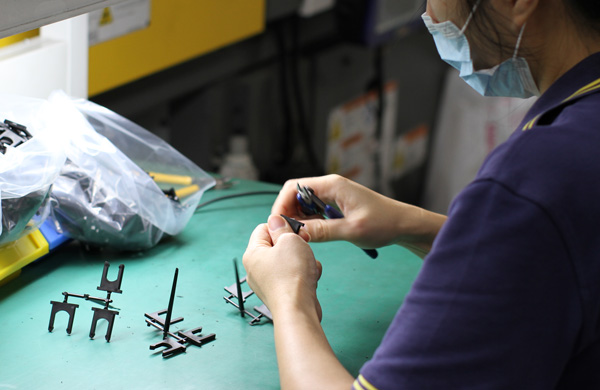
3. Injection molding process factors
The pressure, speed and feed amount during the injection molding process have an important influence on the generation of burrs. Specifically:
If the pressure during injection molding is too high or the speed is too fast, the mold opening force will increase, which will cause overflow and form burrs.
Excessive feed amount will also cause burrs. Too much raw material cannot completely fill the mold during the injection process, and some plastic will overflow to form burrs.
If the temperature of the injection molding barrel, nozzle or mold is too high, the viscosity of the plastic will decrease and the fluidity will increase, thereby increasing the risk of burrs on the parting surface.
4. Raw material factors
The characteristics of the raw materials are also one of the important factors affecting the generation of burrs.
If the viscosity of the plastic material is too high or too low, it may cause burrs on the parting surface. When the viscosity is too high, the plastic has poor fluidity and is easy to accumulate at the parting surface to form burrs; when the viscosity is too low, the plastic has too good fluidity and is easy to overflow the mold to form burrs.
Uneven size of plastic pellets will also cause the barrel feeding amount to vary, which will affect the stability of injection molding and increase the probability of burrs on the parting surface.
In summary, the occurrence of burrs in injection molding is the result of the combined effect of many factors. To effectively solve this problem, it is necessary to start from multiple aspects such as injection molding equipment, mold design, injection molding process and raw materials, and comprehensively consider and optimize them.
